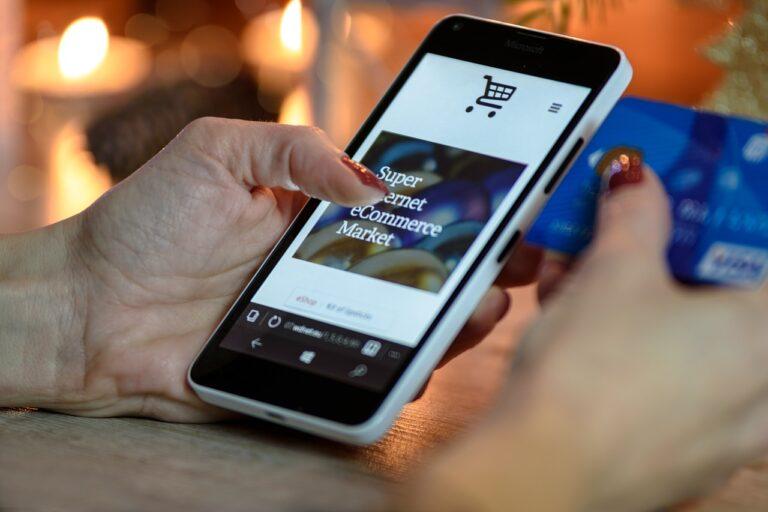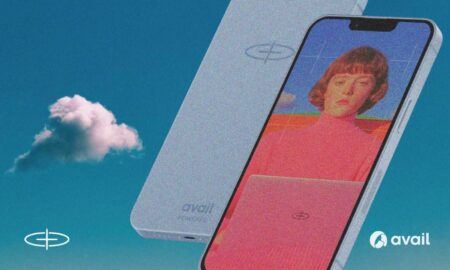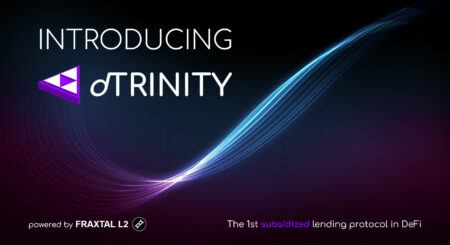Dmytro Spilka is CEO and Founder of Pridicto, a web analytics startup. His work has been featured in various publications, including The Next Web, Entrepreneur.com, Huff Post, TechRadar, Hackernoon and Bitcoin.com
While alternative currencies are nothing new, few could’ve anticipated the sheer magnitude in which Bitcoin took the world by storm. Powered by the ever-disruptive blockchain technology, it took the cryptocurrency less than a decade to achieve a value of almost $20,000.
Riding Bitcoin’s wave of sweeping success were various cryptocurrencies like Ethereum, Ripple and Litecoin – monetary alternatives that not only boasted the blockchain framework of its predecessor but challenged it in terms of how advanced it was.
Bitcoin’s success enabled the crypto market to dream big – but that’s not the point of this article. Today, we’re going to look at a smaller scale use for crypto that has the potential to make a big difference. It’s time to explore the power and potential of mobile micropayments.
For all their potential, cryptocurrencies are still perceived as wholly impractical for owners. Bloomberg has found that the amount of Bitcoin received by top merchant processors has dwindled from $400 million to a paltry $69 million from the 2017 boom heading into 2019.
There are plenty of reasons why users are so reluctant to spend their hard-earned crypto – from off-putting transaction fees to a lack of security and issues with scalability. Let’s delve deeper into the reasons why cryptocurrencies are failing to take the step into everyday use and take a look at how technology is already hard at work on bridging these gaps:
Processing Power
The initial appeal that drove thousands to pick up an alternative form of digital currency was the fact that they could finally hold currency that operates, for the most part, autonomously as part of a decentralised digital ledger. This level of freedom meant that investors’ finance wouldn’t feel the ill-effects of dwindling currency values. The fact that Bitcoin arrived during the immediate aftermath of the financial crash of 2007 and ‘08 is little cause for surprise.
Bitcoin’s enigmatic developer, Satoshi Nakamoto, made no secret of his intentions for his currency to ultimately take the place of mainstream national finance. Nakamoto’s concept was excellent in its potential to resolve long-standing issues with double payments and security, too.
Because Bitcoin operates via the seemingly impregnable power of blockchain – where transactions have to be agreed upon by a series of computers within a network – there are widespread concerns that should the cryptocurrency be leveraged for daily use within microtransactions, the energy that would be consumed in order to process each transaction would be extraordinary.
Such fears can lead to valid environmental concerns over the practicality of mobile microtransactions in the future. In its current form, Bitcoin carries a carbon footprint comparable to Las Vegas. Fortunately, a practical solution to alleviate the burden on the processing power required to utilise cryptocurrencies can come in the form of modifying their coding.
Cryptocurrencies like Peercoin and Primecoin have already been designed to mitigate the problem with energy. Peercoins’ owner, speaking to CoinDesk under the pseudonym Sunny King, explains:
Peercoin is actually entirely secured by proof of stake. The energy from proof of work is only used for minting, and the relative consumption rate will drop as the inflation rate drops.
Other currencies like Ripple weren’t minted at all but produced algorithmically, meaning that there’s no need for high-speed mining equipment at all and that transactions can occur with greater ease than with some of the older iterations of cryptocurrencies.
The Issue of Security
Security is a big issue when it comes to cryptocurrencies. Hackers have become increasingly motivated by the opportunity of gaining access to your cryptocurrency, and investors are widely encouraged to keep their fortunes hidden away in offline wallets.
If these measures are in place for investors, what chance do we have of leveraging everyday micropayments?
Well, in this case it’s worth reminding cryptocurrency holders that it’s actually safer to make transactions via a blockchain due to the way the technology fights fraud and the hassle of double-payments. If someone wants to steal your identity then it’s much easier to do so via a credit card.
Cryptocurrencies are a target for hackers because they’re seen as a high-value form of investment. The day that crypto gets leveraged for everyday use in the grocery store or newsstand will be the day that digital currency takes a big step towards being recognised as a practical alternative for physical money, and not some untouchable fortune for investors to sit on.
Then there’s the issue of cellular security. Storing your assets offline is an impractical issue on the path towards alternative payments, but connecting a live wallet to a mobile device sounds like a new level of danger. Fortunately, the rise of secure GSM mobile networks like Irbis Network has paved the way for a future in truly safe browsing.
Freedom in Scalability
Of course, the potential in scalability and flexibility is where cryptocurrencies leave their more-traditional counterparts in their dust.
Denominations in cryptocurrencies are much more flexible than cents and dollars, or pennies and pounds. Provided the technology exists to eliminate processing fees, users can simply take out their mobile phone and spend as little or as much as they want in buying, renting, or supporting just about anything they want – and from just about anywhere in the world, too.
Given the rise of new forms of entertainment, micropayments could breathe new life into the world of content creation. If you’re watching a Twitch streamer that you like, you could set up a micropayment for every time you navigate onto their channel. Or you could stream your favourite video game and instead of paying a hefty fee upfront, simply spend a microscopic amount for every hour you’re logged in.
Essentially, micropayments have the potential to revolutionise how we digest entertainment on our smartphones – whether it’s on the daily commute or through passing the hours before bed.
With the added news that Bitcoin payments can now be accepted in over 80 countries worldwide through Newegg, we’re really witnessing the breaking down of borders. A future immersed in the blockchain may be disruptive, but when it comes to making payments on the go – it’s very bright.










